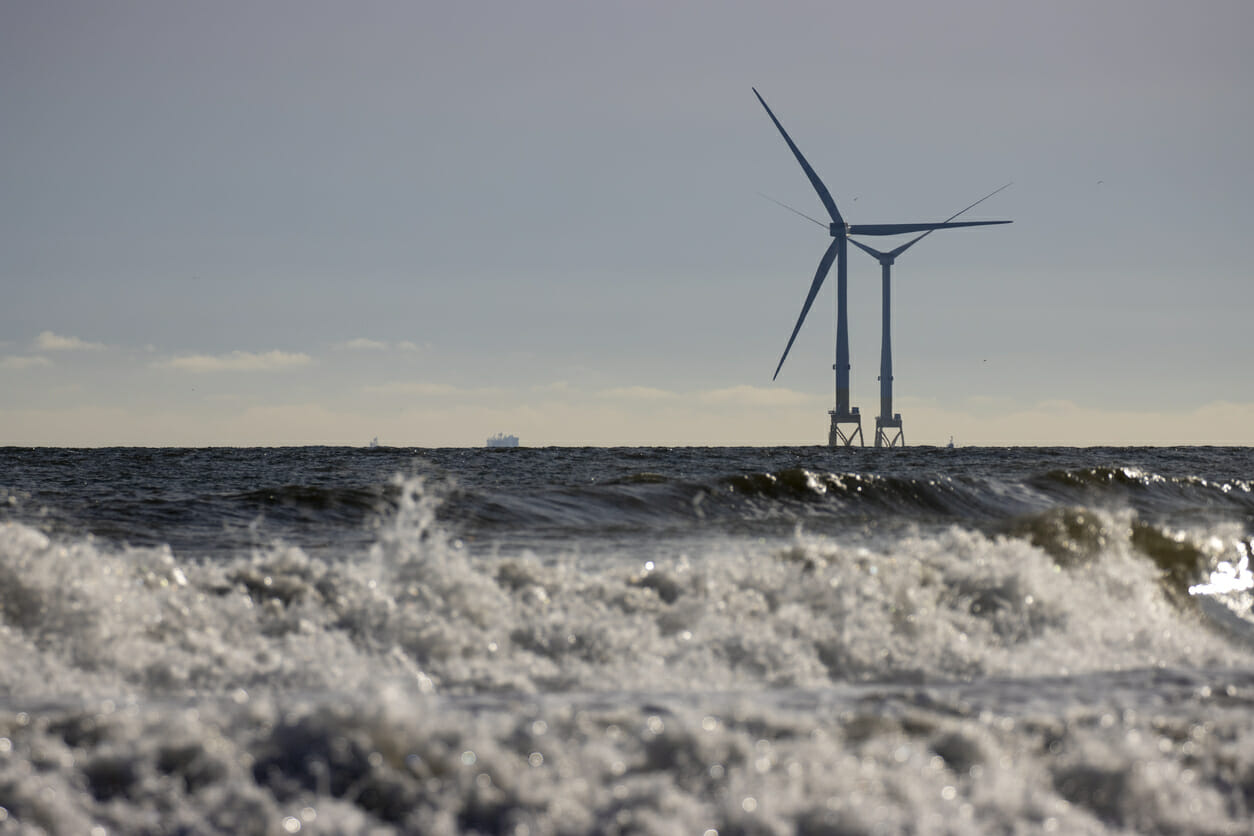
Irish engineering consultancy, GDG, has recently been successful in securing an International Energy Agency (IEA) Task to advance floating offshore wind. The project programme has been aptly named “Integrated DEsign of floating wind Arrays” or IDEA for short.
GDG is one of three Operating Agents, where they are working in close collaboration with USA National Renewable Energy Lab (NREL) and IFP Energies Nouvelles to deliver this ambitious project.
The aim of this international initiative is to accelerate the sustainable commercialization of floating wind arrays. This will be achieved through a multidisciplinary approach seeking to maximize the technical, social, economic and environmental benefit of large-scale deployments.
As floating wind technology expands to larger scales and a wider range of site conditions, the industry faces a set of unique challenges to scale from existing demonstration projects to commercial-scale floating arrays. These challenges are not constrained to individual turbine systems, but instead encompass multidisciplinary considerations including the mooring, anchor, and cabling design; array layout optimization; installation and operational logistics; environmental and marine spatial planning impact; and failure modes and analysis for utility scale floating wind projects. This project is confined to considerations that affect floating wind technology at the array scale, and consists of the following four research pillars:
- Curating a set of site conditions representative of the global floating wind deployment pipeline.
- Developing reference array designs for typical site conditions and technology types.
- Cataloguing array-level failure risks and mitigation strategies.
- Identifying critical innovation opportunities and marine spatial planning requirements that will affect floating wind array design and deployment.
This Task supports the strategic goals of the IEA Wind TCP to:
- Lower the cost of land-based and offshore wind energy by providing design tools and reference materials to the research community which can be used to evaluate the cost reduction potential of novel technical or process innovations.
- Facilitate wind energy deployment through social support and environmental compatibility by linking key marine spatial planning factors facing floating wind deployment with engineering designs.
- Foster collaborative research and the exchange of best practices and data by leveraging a range of international participants and projects to develop open-source tools, data sets, and publications.
The Task is primarily focused on the Resource and Site Characterization and Advanced Technology Priority Areas, but also addresses Social, Environmental and Economic Impacts as well as Communication, Education, and Engagement.
GDG look forward to progressing this four year initiative, where the GDG engineering team will be working at the forefront of floating wind innovation. GDG have already worked on a number of floating wind projects around the world and are therefore aware of the practical challenges that prevent floating projects from being competitive with fixed bottom sites. The aim of this project is to look at the implementation of array scale innovations that will reduce the LCOE of floating offshore wind.
Paul Doherty, Managing Director noted that “This is an exciting initiative which will allow GDG to help advance the industry and address critical gaps that will help drive down the costs of floating wind technology.”
